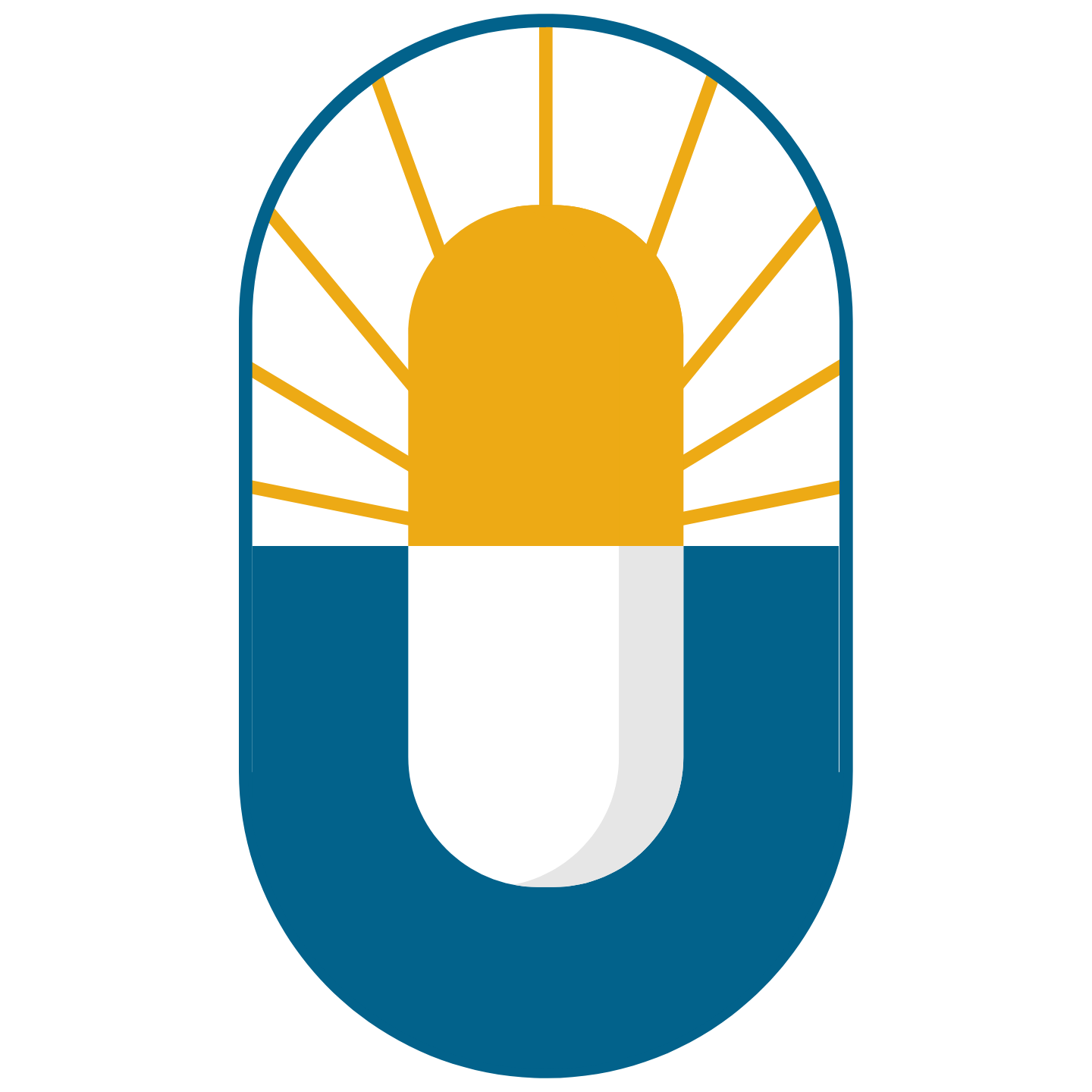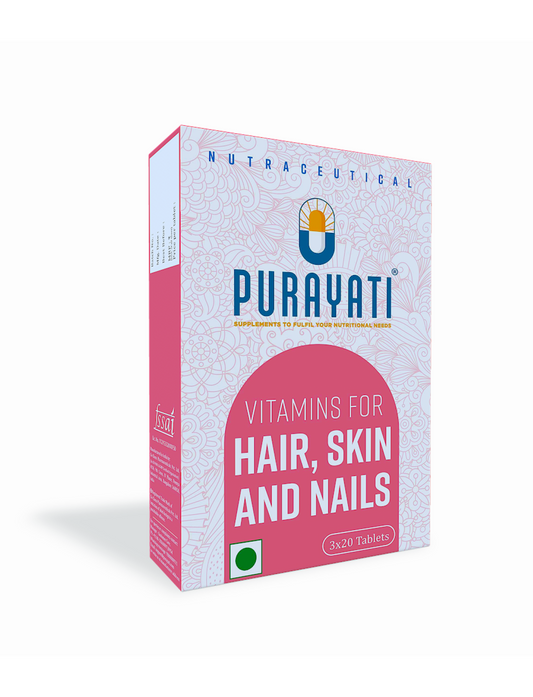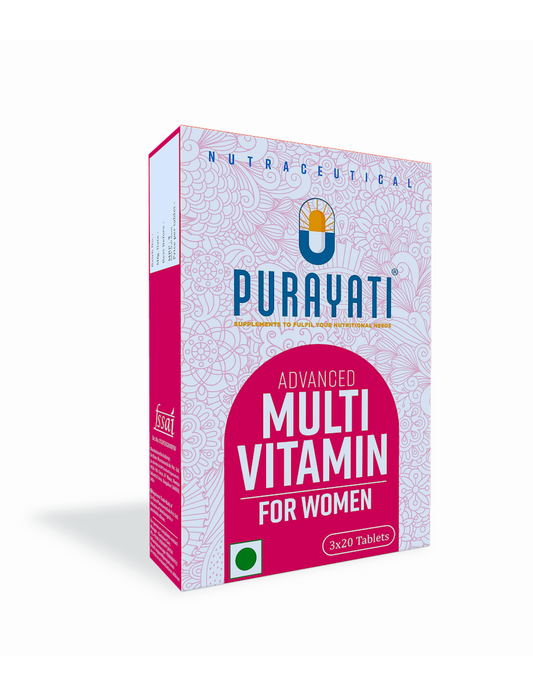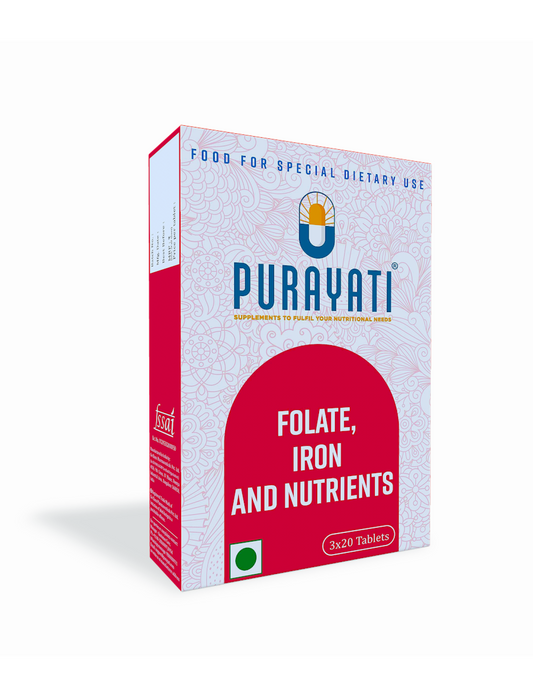Vitamin D deficiency was rare for our ancestors who worked in sunny fields. But as work shifted from farms to offices, that changed.
How it works- When the ultraviolet B (UVB) ray in the sunlight hits the bare skin, a chemical within (7-dehydrocholestrol) is converted to produce vitamin D3, which is carried to your liver and then the kidney to transform it into active vitamin D. This plays a major role in keeping our bones healthy by increasing intestinal calcium absorption, reducing inflammation, enhancing the lifecycle of cells, immune system and neuromuscular function.
A typical day of a working individual puts him/her indoors at the best possible time to receive vitamin D from the sun, that is, between 10 AM to 3 PM. You cannot get UVB rays through the window of your car, office or home as it cannot penetrate through glass. Studies suggest that to get enough vitamin D one should be in the sun for 10 to 30 minutes depending on various factors, at least twice a week.
Factors that influence amount of vitamin D produced by the skin:
- Skin exposure- ensure at least face, arms, legs, or back is exposed to the sun.
- Sunscreen with SPF 8 or higher blocks UVB rays.
- Cloud coverage can reduce UVB energy up to 50%.
- Pollution can reduce UVB energy by up to 60%
- Melanin- Darker skin takes up to 6 times longer than paler skin to produce vitamin D.
- Where you live- If you live far from the equator it makes it difficult for the skin to produce vitamin D during winter.
Although sun exposure is the best source of vitamin D, it can be dangerous if you are overexposed leading to skin cancers, malignant melanomas as well as wrinkles and premature skin aging. But vitamin D production might not be enough if you are underexposed. Therefore, we must turn towards food and supplements. Food sources of vitamin D are cod liver oil, swordfish, salmon, tuna, egg yolk and fortified food such as milk, orange juice, cereal etc. However, these do not fulfill the daily requirement of vitamin D which is why most people require supplementation. The recommended dosage of Vitamin D3 is between 2000-6000 IU/day depending on the age of a person. Get your optimal intake of Vitamin D3 through Purayati’s Vitamin D3 2000 IU tablets which has the right amount of dosage considering what you might already be getting through food and a bit of exposure to the sun. Buy the product on our website by clicking here




